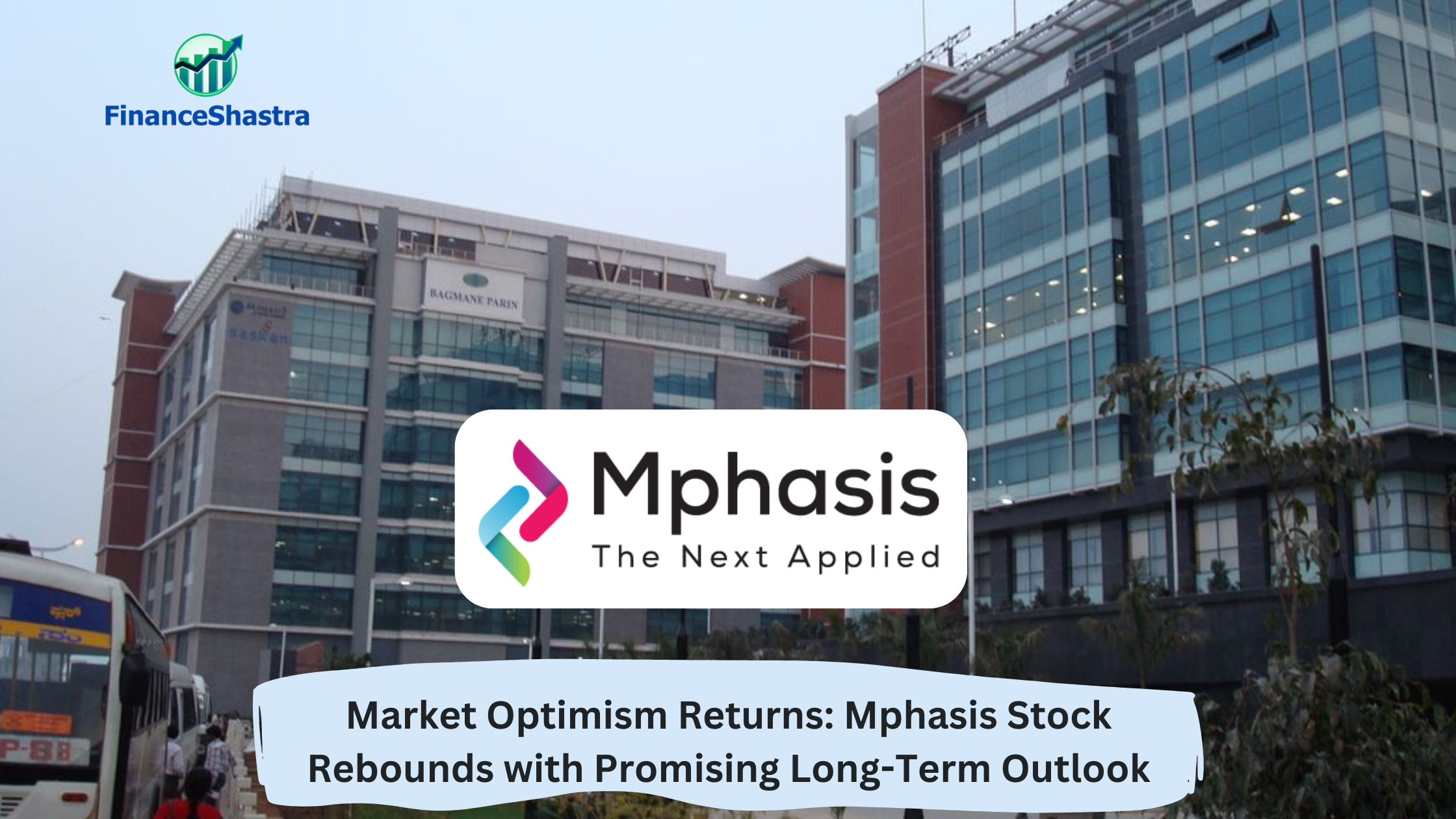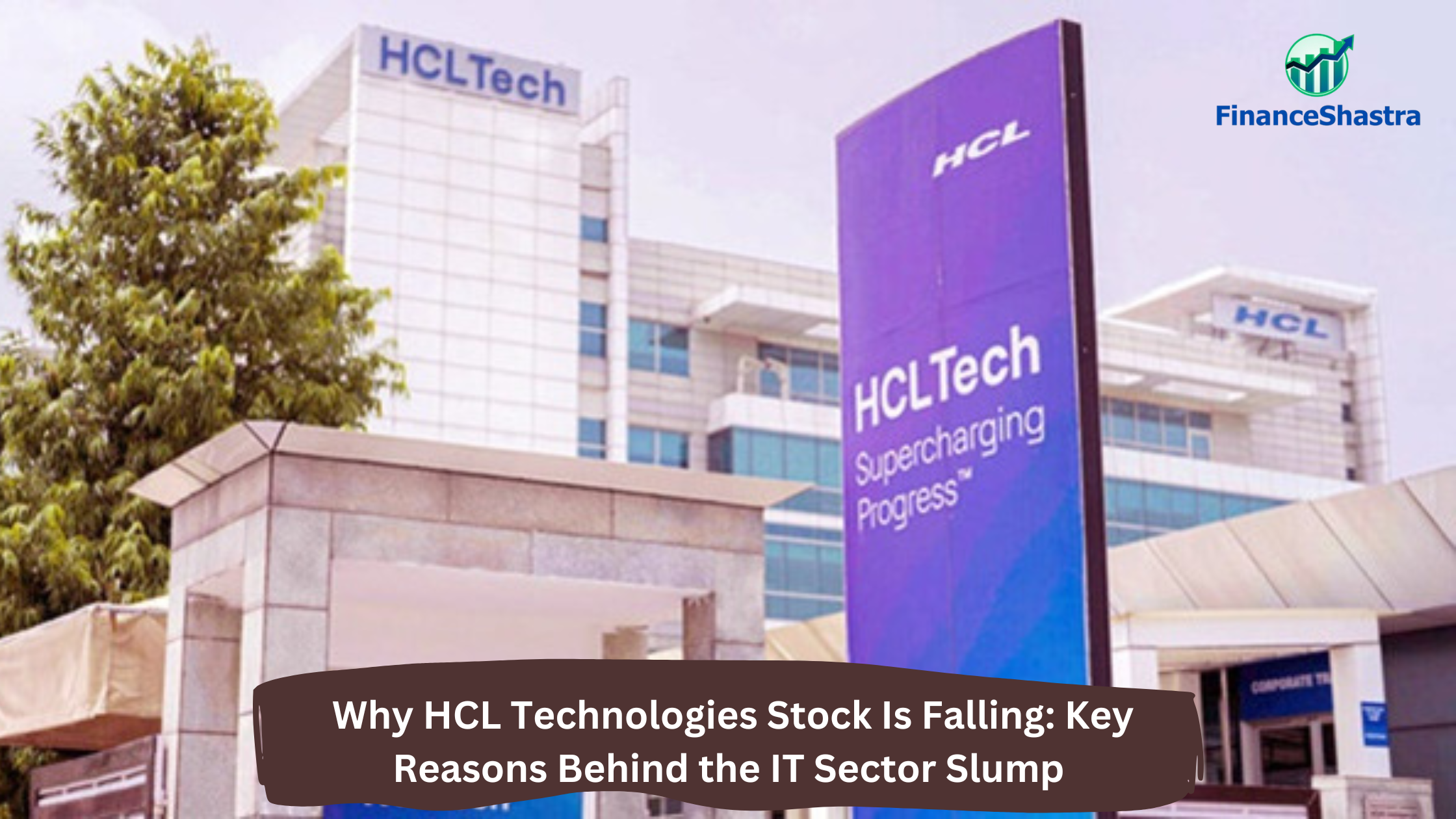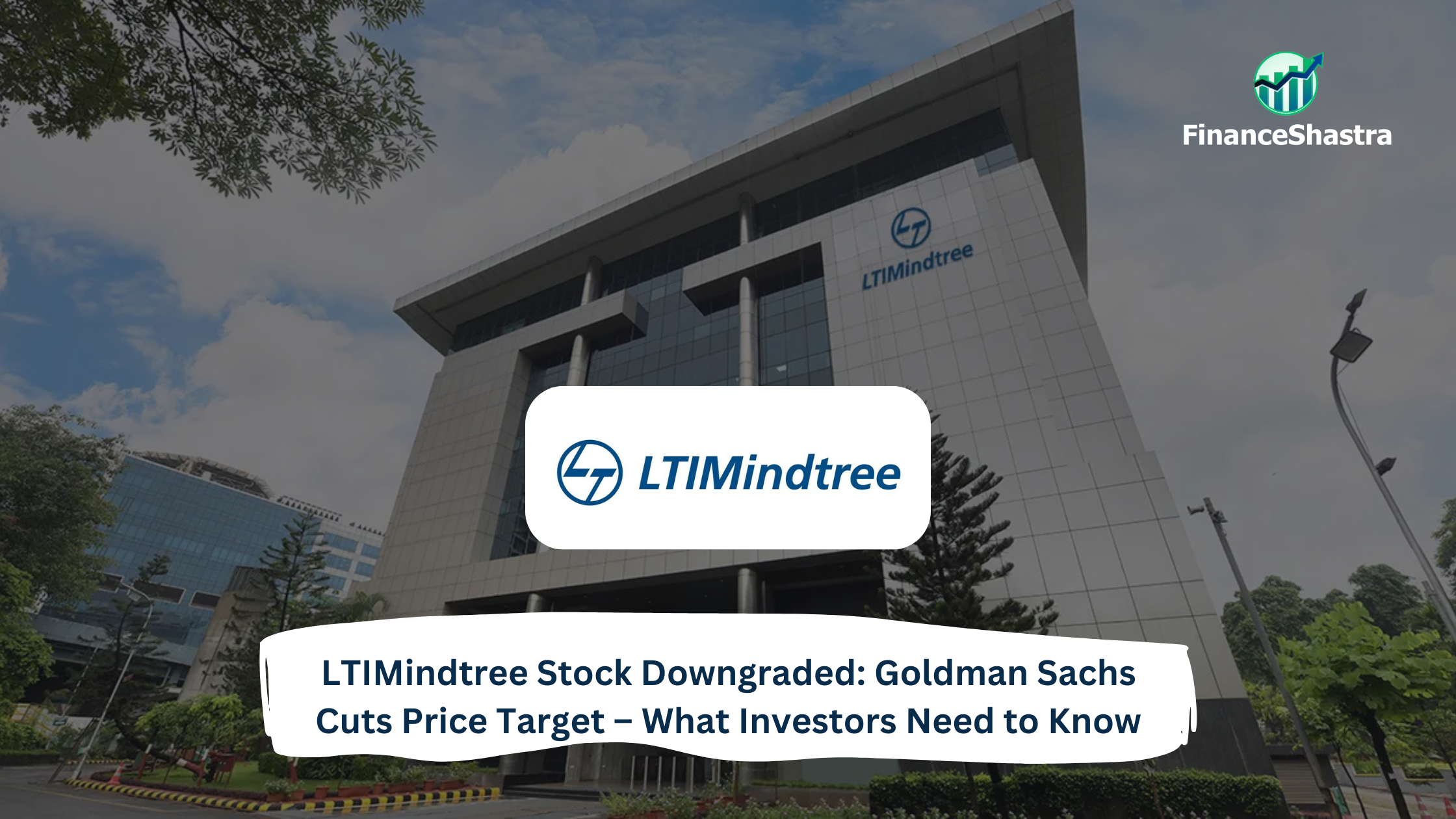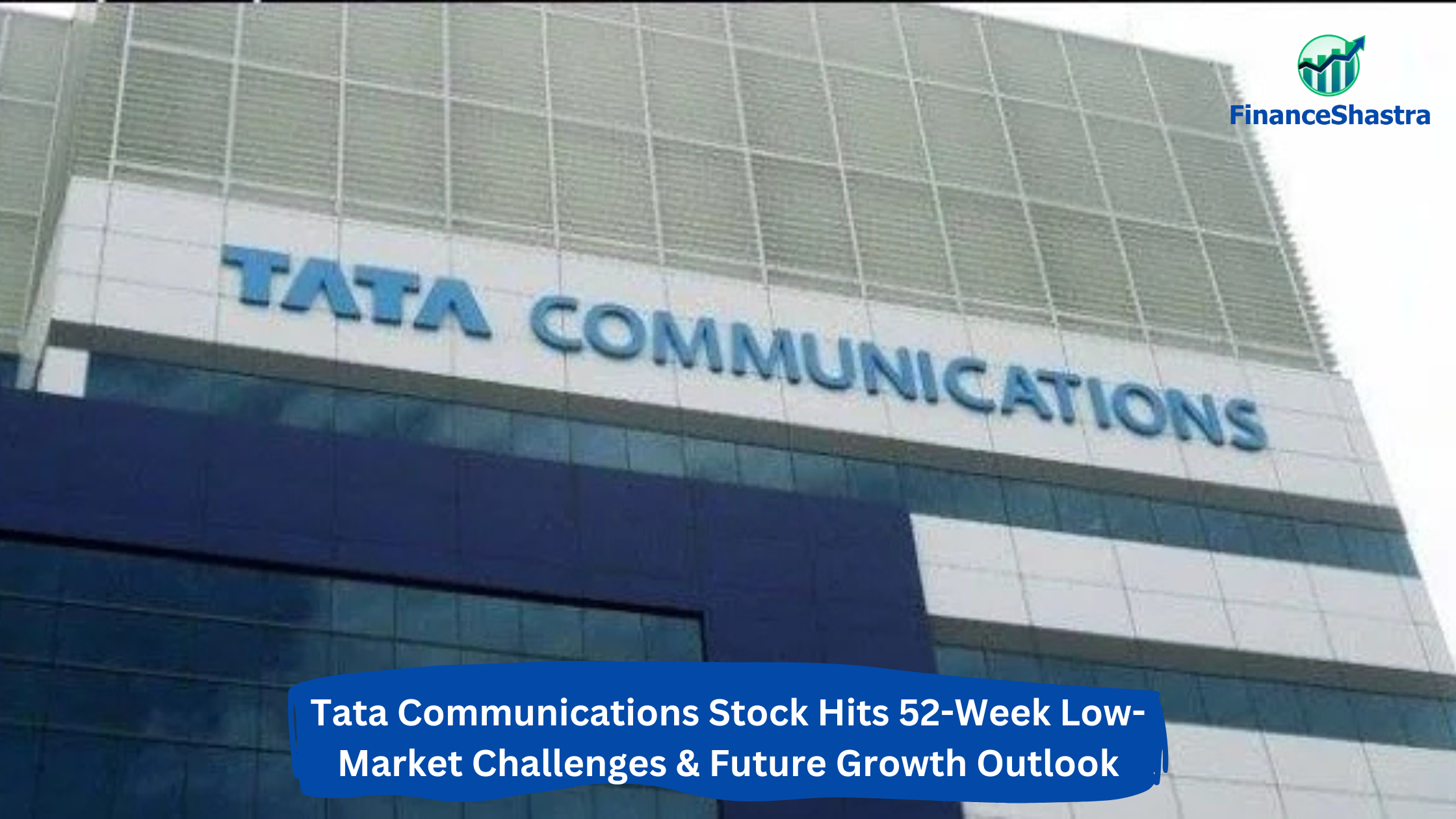Business and Industry Overview:
Larsen & Toubro Limited, abbreviated as L&T, is an Indian multinational conglomerate with interests in industrial technology, heavy industry, engineering, construction, manufacturing, power, information technology, defence, and financial services. It is headquartered in Mumbai, Maharashtra. L&T was founded in 1938 in Bombay by Danish engineers Henning Holck-Larsen and Søren Kristian Toubro. As of March 31, 2022, the L&T Group comprises 93 subsidiaries, 5 associate companies, 27 joint ventures, and 35 jointly held operations, operating across basic and heavy engineering, construction, real estate, manufacturing of capital goods, information technology, and financial services. It offers extensive IT services like application development, maintenance, and outsourcing, enterprise solutions, infrastructure management services, testing, digital solutions, and platform-based solutions to clients in diverse industries. It was a company that helped businesses with computers and technology. It started in 1996 and was part of a big Indian company called Larsen & Toubro (L&T). LTI helped banks, hospitals, factories, and insurance companies. It helped them store data safely. It used smart computers (AI) to solve problems. It kept information safe from hackers. It used machines to make work faster. It also helped businesses with cloud storage, websites, and mobile apps. LTI had offices in India, the US, Canada, Europe, and the Middle East. It worked with big companies in 30+ countries. Many Fortune 500 companies trusted LTI. It helped businesses move their work online. It kept their data safe. It helped them build better apps and websites. It made good money by helping businesses with technology. It grew fast because more businesses needed digital solutions.
India’s IT industry is growing fast and becoming a global leader. In 2022, India improved its rank to 40th in the Global Innovation Index. The IT sector earned US$ 227 billion in 2022 and is expected to reach US$ 350 billion by 2026. This growth is driven by a strong demand for technology services and products. The Indian government is investing in areas like AI, cybersecurity, and cloud computing. These investments help the industry expand and innovate. In 2023, the IT sector created 2.9 lakh new jobs. Big companies like TCS, Wipro, and Infosys are hiring many people. The demand for tech workers continues to rise. By 2026, cloud services alone could create 14 million jobs in India. Many global companies are choosing India for outsourcing IT work because of its skilled workers and low data costs. India is becoming a hub for IT services. The country’s focus on innovation, its growing talent pool, and government support are key reasons for its success. As the IT industry keeps growing, more jobs and opportunities will open up for workers and companies alike. India’s IT and BPM sectors are very important for the country’s economy. It added 7% to India’s GDP in FY24. The number of internet users in India is 76 crore. It is also very cheap. This helps India grow fast in digital technology. The government and private companies are working together to improve digital services. The Indian IT industry made $227 billion in revenue in FY22. It grew to $245 billion in FY23. IT spending is expected to grow by 11.1% in 2024, reaching $138.6 billion. The software industry may grow to $100 billion by 2025. The total IT sector can reach $350 billion by 2026. It may add 10% to India’s GDP. India exports a lot of IT services. In FY24, IT exports reached $199 billion. IT services made up more than 51% of total exports. BPM, engineering, and software products made up 19.3% and 22.1% of exports. The IT industry also created 2.9 lakh new jobs in FY23. Now, 5.4 million people work in this sector. In 2022, LTI joined with another company called Mindtree. Together, they became LTIMindtree. This made them bigger and stronger. They could now help more businesses. Today, LTIMindtree is one of the biggest IT companies in India. It competes with TCS, Infosys, and Wipro. It keeps growing every year. It helps more businesses by using new technology.
LTIMindtree is a strong IT company formed by merging L&T Infotech and Mindtree. It has the support of L&T, a big company, which gives it financial strength and credibility. It works with clients worldwide, offering services like cloud computing, artificial intelligence, and cybersecurity. The company serves many industries, including banking, retail, and healthcare. It competes with big names like TCS, Infosys, and Accenture. The merger has made it bigger, but it still faces challenges like high employee turnover and strong competition. If it manages its resources well and wins big projects, it can grow even more.
Latest Stock News:
On March 31, 2025, LTIMindtree announced that it has partnered with Google Cloud to help businesses use artificial intelligence (AI) and cloud technology. It will use Google’s AI tools, like Gemini models, to create new AI solutions. These solutions will help banks, factories, media companies, and shops. The goal is to help businesses work faster, save money, and improve their systems. LTIMindtree will train its workers to use Google Cloud technology. This training will help them support businesses better. Companies using these AI tools can process data quickly. They can also automate tasks and give better service to customers. LTIMindtree will get early access to Google’s new AI technology. This will help it create better AI solutions. To make this partnership successful, LTIMindtree will set up a special AI team. This team will develop new AI tools. It will also test new ideas. The team will help businesses use AI easily. This partnership is very important for LTIMindtree. It will help the company grow. It will also help it become a leader in AI and cloud services. By working with Google Cloud, LTIMindtree will help businesses modernize their systems. It will also help them cut costs and work better.
Goldman Sachs has lowered its expectations for Indian IT companies due to concerns about the US economy. They believe that the US will grow more slowly in 2025, which can hurt Indian IT companies since many of their clients are from the US. Because of this, they downgraded LTIMindtree from ‘Buy’ to ‘Neutral’ and cut its price target from ₹6,570 to ₹4,500. They also lowered price targets for TCS (₹4,230 from ₹4,550) and Infosys (₹1,790 from ₹2,100) but still kept a ‘Buy’ rating for both. They continued to have a ‘Sell’ rating on Wipro with a price target of ₹256. Goldman Sachs also reduced its growth forecast for the Indian IT sector. They now expect it to grow only 4% in 2026, which is lower than their previous estimate. They also expect slow growth in 2025, at 3.5%. Their US economists have also reduced the US GDP growth forecast for 2025 to 1.7% (from 2.4%) and increased the chances of a recession from 15% to 20%. This means they believe the US economy is slowing down, and this could lead to fewer IT projects for Indian companies. On the other hand, UBS has a more positive view. They believe Indian IT stocks still have room to grow. In the past three months, Indian IT stocks have fallen by 15-20%. Investors are worried about the future growth of IT companies. While some experts are cautious, others believe there is potential for growth in the long run. Investors should be careful with short-term investments but look for good long-term opportunities in strong companies like TCS and Infosys.
LTIMindtree received a notice from the Employees’ State Insurance (ESI) Corporation in Bhubaneswar. The notice was received on March 26, 2025. It says the company has not paid ESI contributions on time. The total amount due is ₹13,28,373. This includes the unpaid amount and added interest. Earlier, on December 3, 2024, LTIMindtree received a similar notice. At that time, the amount due was ₹12,98,900. Since the company did not pay, interest was added. This increased the total amount. ESI is a government scheme that provides medical and financial benefits to employees. Companies must contribute a fixed amount regularly. If they fail to pay, the government can take action. The notice was issued under a law that allows the government to collect unpaid dues. LTIMindtree believes this demand is unfair. They say they were not given a chance to explain their side. The company plans to challenge this order. They are consulting legal and financial experts. They believe the demand is not valid. LTIMindtree says this issue will not affect its business or finances in a major way.
Potentials:
LTIMindtree wants to grow big and reach $10 billion in revenue by 2032. It also aims to keep its profit margin at 17–18% and increase it in the future. The company recently shared its plans at Investor Day. It said that 48% of its projects are focused on cost-saving for clients. Other projects include digital upgrades (23%), vendor management (17%), and new business partnerships (10%). Many companies want to spend less and work more efficiently, and LTIMindtree is helping them do that.
The company believes Artificial Intelligence (AI) and Generative AI (GenAI) will help it grow faster. It is adding AI to its services to work smarter, cut costs, and offer better solutions to clients. Right now, companies are spending carefully, and new projects are slow. But LTIMindtree still has a strong deal pipeline worth $5 billion. It is working on 14 big deals over $100 million and 21 deals between $50–100 million.
In the last 18 months, LTIMindtree won 45+ big projects worth over $2 billion. To increase profits, it launched Project North Star. This project will focus on:
- Earning more by matching the right people with the right projects.
- Cutting costs by improving team structure and salary distribution.
- Working faster by using AI and automation.
- Saving money by reducing unnecessary expenses.
Experts believe LTIMindtree will grow because of its focus on big contracts, AI, and cost-saving. They expect its revenue, profit, and earnings to increase between FY24 and FY27. Analysts also think its stock price could go up, with price targets between ₹5,140 and ₹7,550. With its strong projects, AI-based growth, and cost-cutting strategies, LTIMindtree is on track to become one of the top IT service providers in the world.
Analyst Insights:
- Market capitalisation: ₹ 1,32,352 Cr.
- Current Price: ₹ 4,491
- 52-Week High/Low: ₹ 6,768 / 4,439
- Stock P/E: 29.1
- Dividend Yield: 1.45%
- Return on Capital Employed (ROCE): 31.2%
- Return on Equity: 25.0%
LTIMindtree has teamed up with Google Cloud to bring AI and cloud technology to businesses. This will help banks, factories, and shops work faster and save money. The company will also train its employees to use Google’s AI tools. This will make their services better in the future. LTIMindtree will also get early access to new AI technology, which will help them stay ahead in the market. However, Goldman Sachs has lowered its rating for LTIMindtree. They believe that the US economy will slow down in 2025, which may reduce demand for IT services. The Indian IT sector is also expected to grow at a slower pace. This is a concern because many Indian IT companies depend on US clients. It also received a notice from the government for not paying employee insurance on time. The company says the demand is unfair and plans to challenge it. They believe this will not affect their business much. The company has a high return on equity (ROE) of 25%, meaning it generates ₹25 in profit for every ₹100 invested by shareholders, which is a sign of efficient management. It also has a healthy return on capital employed (ROCE) of 21%, showing that it uses its capital wisely to generate profits. Recently, LTIMindtree partnered with Google Cloud to improve its AI and digital transformation services. This collaboration will help businesses adopt better cloud solutions, boosting LTIMindtree’s growth and revenue in the long run. However, there are some risks to consider. Promoters have reduced their holdings from 74% to 68% over the past three years, which could signal a lack of confidence or other financial strategies. The company’s profit margins have declined slightly from 16.3% to 15.1%, which means its ability to keep profits after expenses has weakened. Additionally, the stock is currently trading at a high valuation compared to its industry peers, making it expensive. The stock price has also fallen by nearly 10% in the past year and is trading below key moving averages (50-day and 200-day), suggesting short-term weakness. Despite these concerns, LTIMindtree has a consistent dividend payout and strong long-term growth potential. Investors should hold the stock for now and consider buying on dips when the price becomes more attractive. In the short term, LTIMindtree may face challenges. But in the long run, the partnership with Google Cloud can help it grow. Investors should wait for a better time to invest if the stock price drops further.






